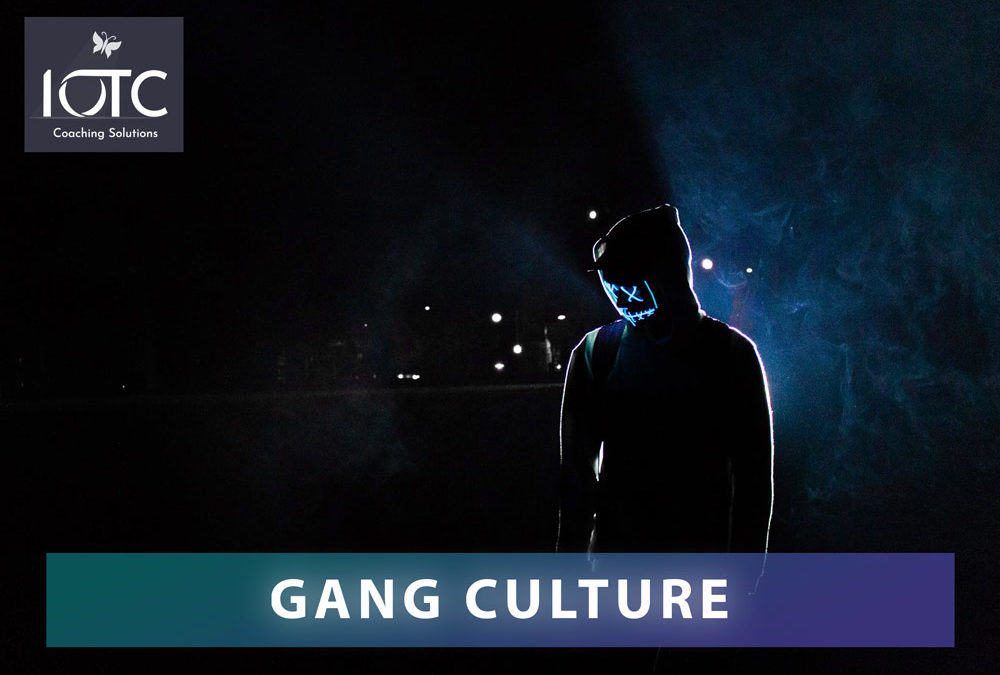First a theoretical rather than emotional definition of the term gang. According to Pitts (2007) a gang is ‘a group of recurrently associating individuals with identifiable leadership and internal organisation, identifying with or claiming control over territory in the community, and engaging either individually or collectively in violent or other forms of illegal behaviour’. Boys, according to Wilmott (1966) are often in each other’s company on the streets in cafes or on parks and show no formal structure or leadership, they are friends!
Prior to the event at which I was invited to be a member of the panel, I had already taken some time to reflect on the topic of ‘gangs’ before summarising the event. As I was seated at the front of the room I was able to scan the room. I, like the audience had questions about the seemingly helpless situation where discussion are had but never lead to an outcome, where people voice their evident frustrations. My views on this subject is from the perspective of a community member and not a ‘gangs’ expert.
My earlier reflections had galvanised me to ask questions of the LinkedIn community that considered themselves experts or gang specialists before sitting on the panel because it was important to ascertain the views of colleagues, professionals and so called specialists on the matter. I received some interesting comments from so called specialists, a couple of which were questionable. One respondent stated that they work with gang members from different cultures and did not see the need for cultural competence.
Organisations do believe that they can deliver services to people from all communities because they do not see colour, culture or the importance of representing identity unless of course they are unable to engage their clients. It is at this point that they either engage volunteers or poorly paid project workers from the community represented by the client group. This affirmed my perception of organisations treating everyone the same, not acknowledging or respecting difference, but conducting tick-box exercises to produce fund-worthy outcomes or results.
One contribution to the discussion helpfully affirmed that there is a number of terms to define the characteristics of gangs such as ‘culture’ or being influenced by ‘organised crime’. So the ‘use of the term ‘gang’ may result in events which may not be gang-related’ being defined as such (Marshall et al, 2005:7) The police and society which labels young people as gangs do not consider themselves this way (Gordon, 2000). Bullock and Tilley (2002:23) argue that ‘almost all who belong to informal groups might be deemed to be ‘gang’ members. It is not unusual for young people to go around in groups and it is not necessary to define such socialising congregations as gangs. Were the Cray’s a gang? Were the Teddy boys gangs?
If self-fulfilling prophecy causes issues, we need to change the narrative used on our young people, given them opportunities and hope. Yes we can!

Dr Angela Herbert MBE


